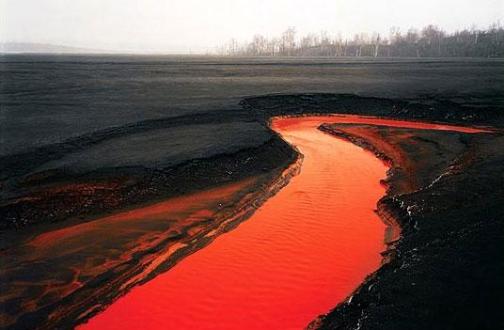This article was originally published in Northern Life on April 18, 2007
Stan Sudol is a Toronto-based communications consultant, who writes extensively about mining issues.(stan.sudol@republicofmining.com)
Sector fails at communicating aboriginal and green initiatives
The mining sector is ignoring the green light at the end of the tunnel that is attached to a 100-ton locomotive driven by the environmental movement. The collision is going to be messy. It will impact the industry at a time when the voracious metal demands of China and India could bring enormous prosperity to Canada’s northern and aboriginal communities as well as impoverished countries around the world.
There is no doubt that environmental issues dominate society’s cultural and political agendas.
On the political front, the new found commitment to environmentally green initiatives by the McGuinty and Harper governments spell enormous challenges for an industry that most urbanized Canadians still feel is a major source of habitat destruction and pollution.
Mining Sins
The mining sins of the father are certainly coming back to haunt the sons. Past industry practices that were detrimental to the environment are still highlighted by the anti-mining crowd. Yet, the reality of mining in the 21st century is quite the opposite.


























